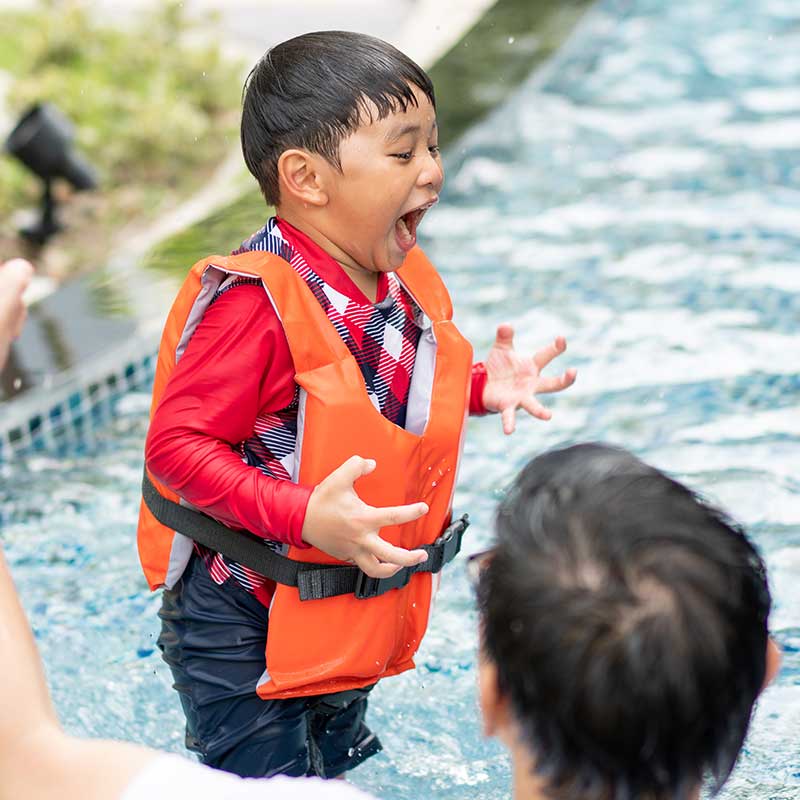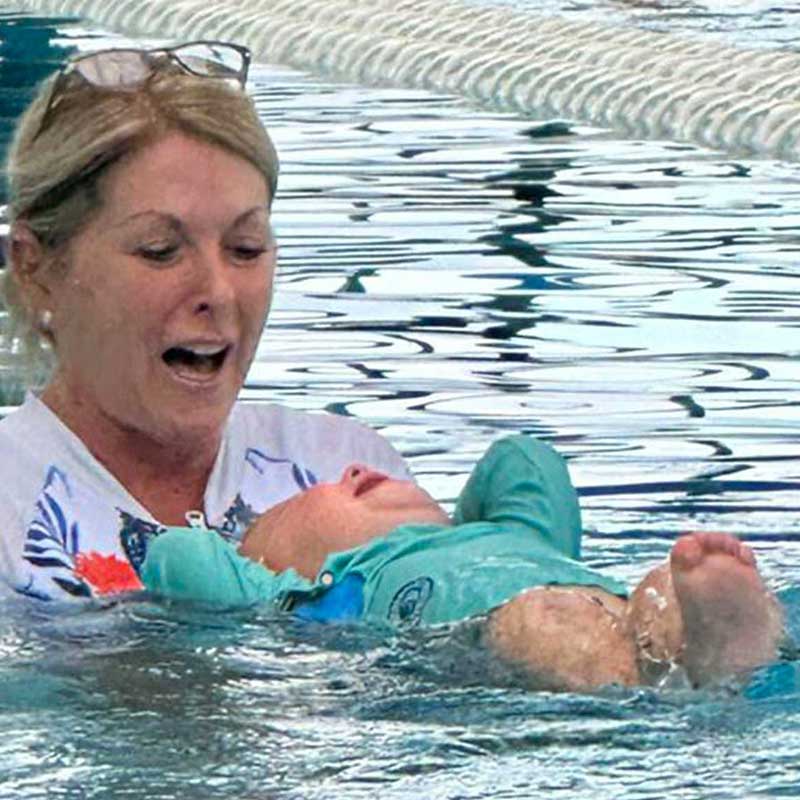Water safety is paramount for families everywhere, especially for those with young children. The Blue Boot Foundation, established in the wake of a tragic drowning incident, is committed to educating parents and guardians on the importance of water safety. Drowning is the leading cause of unintentional injury-related death for children aged 1-4 and the second leading cause for children up to 14 in the United States, according to the Centers for Disease Control and Prevention (CDC). This guide aims to arm parents with essential knowledge and strategies to prevent these tragedies.
Understanding the Risks
Drowning can happen quickly and quietly in as little as 2 inches of water, making supervision crucial. Risks are present in various environments, from bathtubs and swimming pools to natural bodies of water. Even with precautions, factors like lack of swimming ability, absence of barriers, and lack of close supervision contribute to drowning risks.

Prevention Strategies
- Constant Supervision: Always watch children closely when they are in or near water. Avoid distractions and be within arm’s reach of young swimmers.
- Swimming Lessons: Enroll children in swimming lessons as early as possible. Skills learned can be life-saving, and many organizations offer programs for different ages and abilities.
- Use of Life Jackets: Ensure children wear life jackets in and around natural bodies of water, even if they know how to swim. Choose U.S. Coast Guard-approved life jackets.
- Establish Safety Rules: Teach children water safety rules, such as not swimming alone, staying away from drains, and swimming in designated areas.
- Learn CPR: Parents, caregivers, and pool owners should learn CPR. Immediate action can significantly increase chances of survival in case of an emergency.

Creating a Safe Environment
- Install barriers: Fences with self-closing and self-latching gates can prevent unsupervised access to pools.
- Remove hazards: Keep toys away from the pool when not in use to avoid tempting children to enter the water unsupervised.
- Emergency Preparedness: Have a phone, life-saving equipment, and first aid kit accessible near swimming areas.





Leave a comment
This site is protected by hCaptcha and the hCaptcha Privacy Policy and Terms of Service apply.